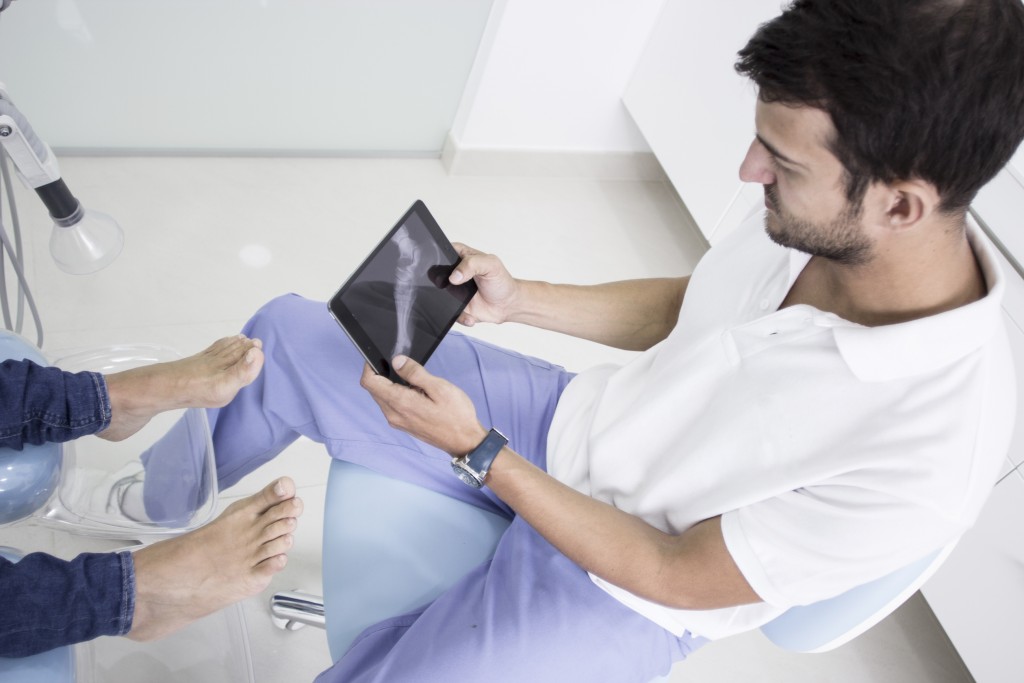A podiatrist is a physician or surgeon that specialises in the treatment of the feet and lower legs. They deal with everything from creating customised insoles for flat feet to treating severe sports injuries, and even dealing with problems with toenails.
However, most people ignore their foot problems mainly because they don’t know if they should go to a doctor for treatment or what kind of doctor they should see. If you experience one or more of the following signs and symptoms, you should go to a podiatrist immediately:
1. Pain or swelling
Pain or swelling in your feet after running a marathon or standing all day is typical. However, chronic or persistent pain and swelling are clear signs that you need to go to a podiatrist. These sensations may indicate a bigger problem with your feet, such as a sprain, fracture, or tendonitis.
Acute pain or swelling that happens for no apparent reason also warrant a visit to the foot doctor, especially if the symptoms get worse over a short period.
2. Fungal infection
If you have contracted a toenail fungus for whatever reason, don’t settle with over-the-counter medicine to treat it. These OTC medications usually get rid of the symptoms, but don’t eliminate the fungus from your toes. Instead, see a doctor and have the fungus treated properly. Otherwise, your infected toenail may become discoloured and spread the fungus to adjacent toenails.
3. Athlete’s foot
Getting an athlete’s foot once or twice in your life is usually not a cause for concern. However, if your athlete’s foot is becoming a chronic case, you may need to visit a podiatrist to get a stronger and more effective treatment.
4. Open wounds when you have diabetes
If you have either Type 1 or Type 2 diabetes, your body has a more difficult time healing wounds. If you have open wounds on your feet that refuse to heal, visit a podiatrist immediately to see what you can do. When left untreated, these open wounds can lead to nasty infections, which, in worst cases, may require amputation.
5. Bunions
A bunion is a type of foot deformity that is characterised by a bony bump that grows in the joint where the big toe meets the foot. There are also smaller bunions that develop outside of the little toe, called bunionettes. If you don’t go to the doctor right away, a bunion or a bunionette can get bigger and more painful as time goes by.
6. Painful corns or calluses

Corns or calluses that are too thick can become painful unless you get the excess skin removed. If you have painful corns or calluses on your feet, go to a podiatrist to properly remove the skin and get topical creams to treat your feet afterwards.
Ignoring foot problems usually lead to them becoming even worse or causing other severe issues. If you want to keep your feet healthy and avoid pain, infections, or nasty growths, see your doctor and ask them to refer you to a podiatrist.
